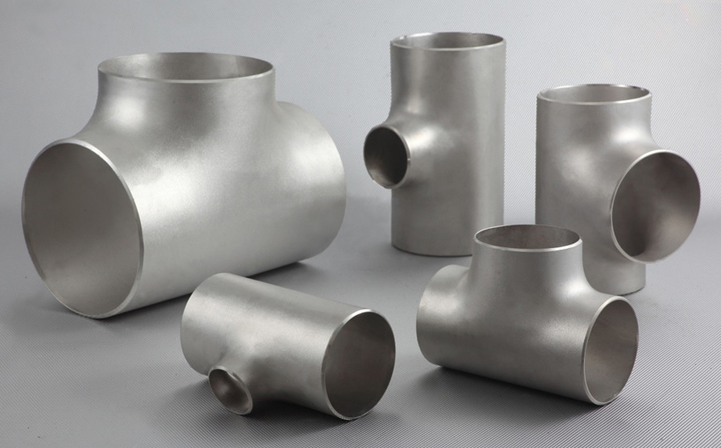Detailed explanation of pipe fittings: models, sizes, parameters, specifications, types
Table of contents
- Classification of pipe fittings of different materials
- Classification of pipe fittings of different shapes
- Classification of pipe fittings of different sizes
- Classification of pipe fittings of different parameters
- Classification of different types of pipe fittings
- Summarize
In modern industry, stainless steel pipe fittings have become one of the indispensable materials due to their excellent corrosion resistance, high strength and wide range of applications.
This article will introduce in detail the types of stainless steel pipe fittings and their applications in different fields to help readers better understand and choose the materials that suit their needs.
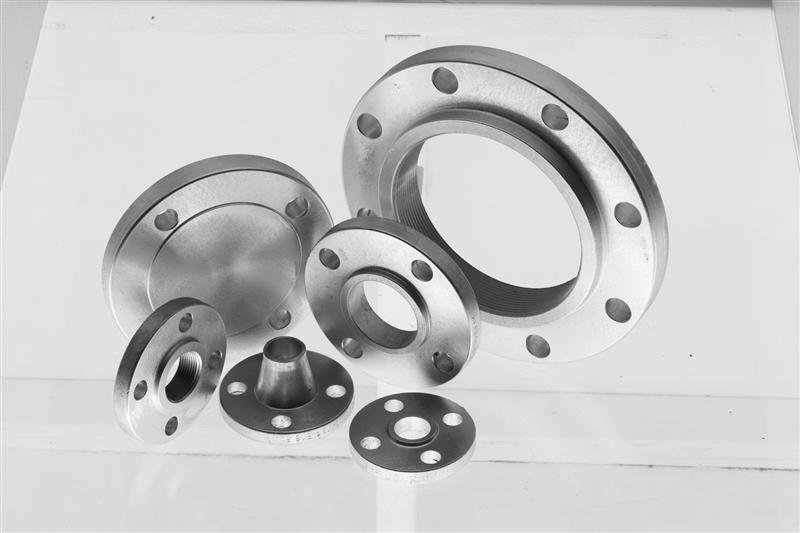
Classification of pipe fittings of different materials
Cast iron pipe fittings:
Generally used for conveying hot water, steam, gas and other pipelines, with good corrosion resistance and high strength. Common models are DN15-DN200.
Steel pipe fittings:
Widely used in petroleum, chemical, natural gas and other industries, with pressure resistance and corrosion resistance. Common models are DN15-DN1200.
Stainless steel pipe fittings:
With corrosion resistance and oxidation resistance, widely used in medical, food, aviation and other fields. Common models are DN15-DN600.
Copper pipe fittings:
Widely used in air conditioning, refrigeration and other industries, with good thermal conductivity and corrosion resistance. Common models are DN15-DN150.
Plastic pipe fittings:
With light weight and low price, widely used in water supply, drainage and other fields. Common models are DN15-DN400.
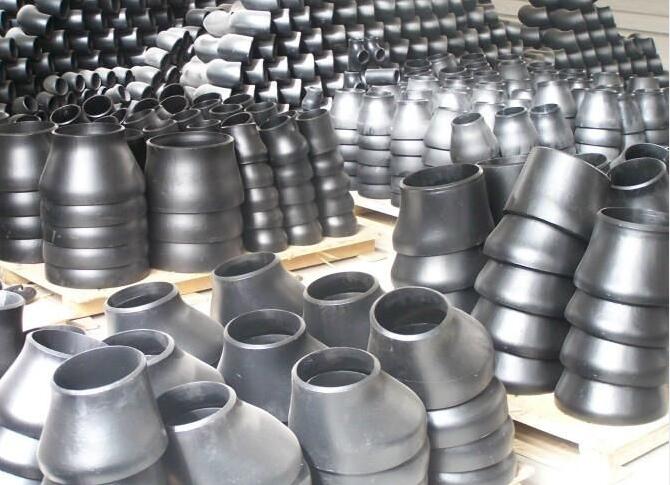
Classification of pipe fittings of different shapes
Elbow: used to change the flow direction of the pipeline, usually divided into three angles of 45 degrees, 90 degrees, and 180 degrees.
Pipe cap: used to close the pipeline, generally in a hemispherical or flat shape.
Socket flange: used for pipeline connection, with the characteristics of tight connection and easy installation.
Welded elbow: used to change the flow direction of the pipeline, fixed on the pipeline by welding.
Pipe tee: used to connect three pipelines, generally divided into equal diameter tee and reducing diameter tee.
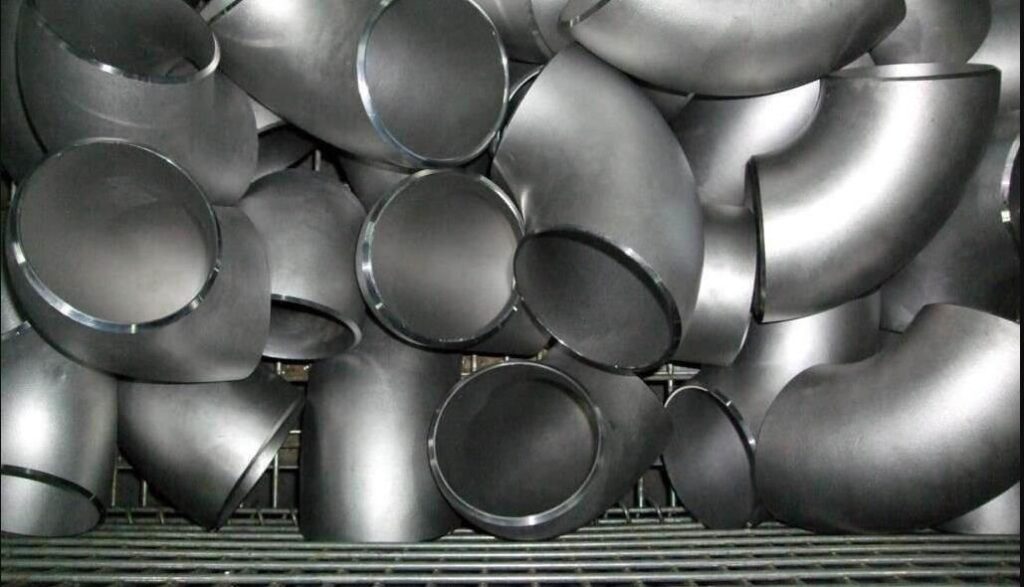
Classification of pipe fittings of different sizes
The sizes of pipe fittings are generally classified according to the nominal diameter (DN).
Common sizes of pipe fittings include DN15, DN20, DN25, DN32, DN40, DN50, DN65, DN80, DN100, DN125, DN150, DN200, DN250, DN300, DN350, DN400, DN450, DN500, DN600, DN700, DN800, DN900, DN1000, DN1200, etc.
Classification of pipe fittings of different parameters
Pressure level:
The pressure level of pipe fittings is classified according to the nominal pressure (PN). Common pressure levels include PN1.0, PN1.6, PN2.5, PN4.0, PN6.4, PN10.0, PN16.0, PN25.0, PN32.0, PN40.0, etc.
Temperature range:
The temperature range of pipe fittings is classified according to the nominal temperature (℃). Common temperature ranges include -20℃~120℃, -40℃~150℃, -40℃~200℃, etc.
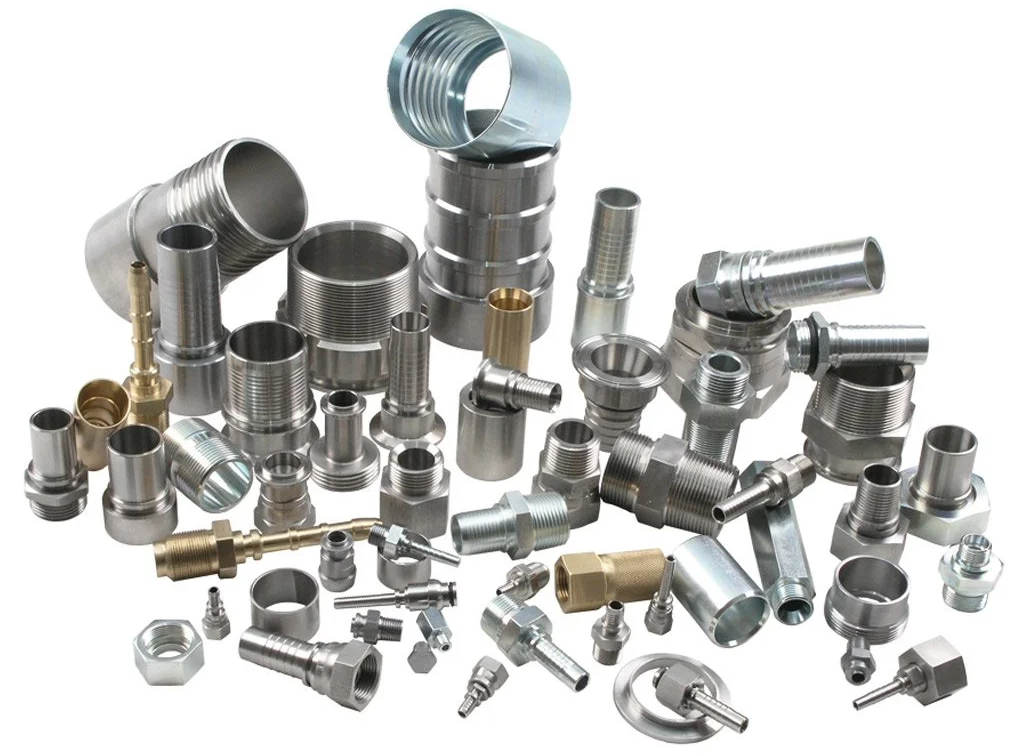
Classification of different types of pipe fittings
Welded pipe fittings: including elbows, tees, crosses, pipe caps, etc., usually used for connecting pipes with larger diameters.
Socket-type pipe fittings: including socket-type flanges, socket-type elbows, socket-type tees, etc., usually used for connecting pipes with smaller diameters.
Pipe-band pipe fittings: including pipe-band elbows, pipe-band tees, etc., usually used for repair and replacement of pipes.
Flange-type pipe fittings: including flanges, flange elbows, flange tees, etc., usually used for connecting flanged pipes.
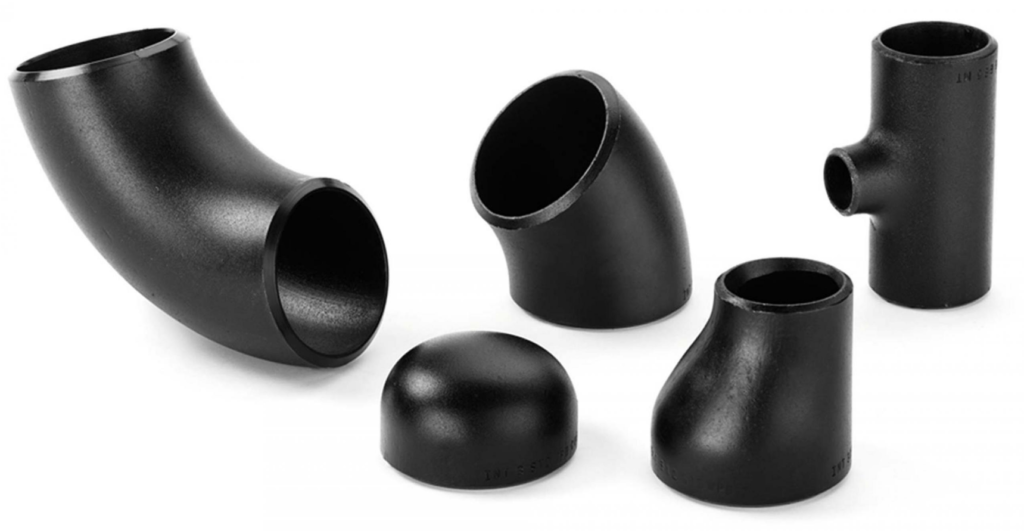
Summarize
The classification of pipe fittings involves many aspects such as material, shape, size, parameters, type, etc.
Different types of pipe fittings also have different application scenarios.
When purchasing pipe fittings, you need to choose according to actual needs.

